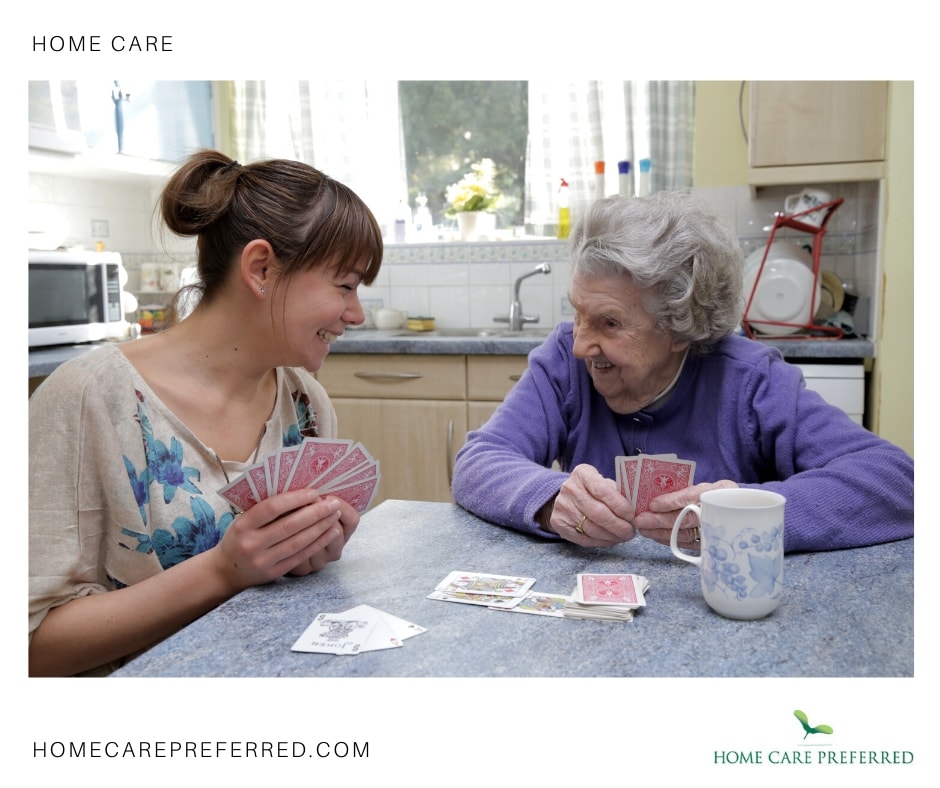The Differences between Live-in Care and Home Care explained

Live-in carers reside inside the home of the person they are caring for, thus having the ability to provide care at all times. Live-in carers have duties similar to those of hourly carers, assisting with medical conditions, but there is no rush to get things done. Live-in carers will also provide more support at home with cooking meals, running errands, taking care of pets, managing the household and more. The immediate availability of live-in care allows you to prevent falls, accidents and to help with hospital admissions if the need arises. The quick response provided by live-in carers can be greatly beneficial to your health. But there is more you can enjoy with this type of care:
- Companionship
The most important aspect of home care is companionship. In the UK alone, more than half of the people over 75 years old live alone, with many of them reporting feelings of isolation and loneliness. The risk of serious health conditions such as heart disease and feelings of loneliness have been linked by research into the condition. The risks of high blood pressure, stroke and similar conditions are also elevated. Ensuring a person’s social needs are also covered alongside their physical well-being is important to their general health. For those who receive care, having a trusting relationship with their carer is an important cornerstone of their dignity, since live-in care provides people with a solution for loneliness.
- Having Independence
Hourly care services may be convenient for people who want to have as little disruption as possible in their daily lives. For live-in care, a bedroom in the home must be provided to accommodate the live-in carer and their belongings. That would allow them to adjust to the new living arrangements. The hourly care visits are usually arranged at times of the day suiting the household, meaning there is only a small degree of change that is necessary to ensure support at home.
- Freedom of Choice
In some cases, without the ensured assistance of a relative or a carer, people are restricted in how they can spend their lives. The help of a live-in carer ensures you will be able to carry out your daily life without worrying about the little details. Live-in care provides flexibility, as it encourages the elderly or those supported to enjoy activities outside their home, take part in their hobbies, community events, visit local attractions and more. On the other hand, hourly support outside your home must be arranged on a case-by-case basis with your care provider.
- Care Fees
To ensure you have long term care, you must consider the costs involved in your circumstances. Both live-in care and hourly care have different costs, depending on the specific needs of a person, but domiciliary care is charged at an hourly rate, while the live-in care fees are every week.
- Dealing with Complex Care
When it comes to people with high dependency issues, the belief that care homes and residential care facilities are the only options out there is common. However, full-time live-in care can be a better option, something that allows the person to receive the specialist, expert assistance they need in the comfort of their home. Specialist live-in carers are trained with the knowledge to provide care for a range of conditions, such as Parkinson’s, dementia, Alzheimer’s and more. Many of the live-in care services out there are led by nurses, meaning their clinical duties can also be carried out within the client’s home. They can help people no matter what their condition may be.
